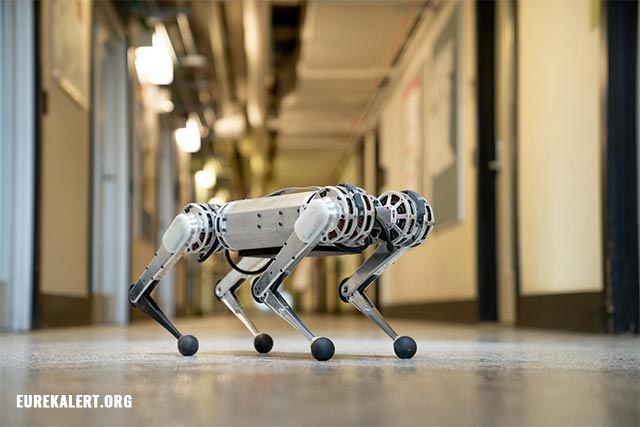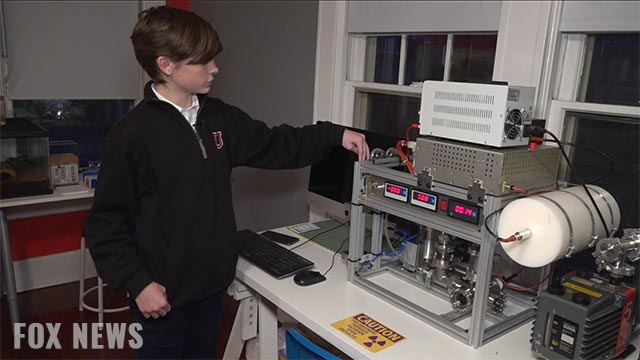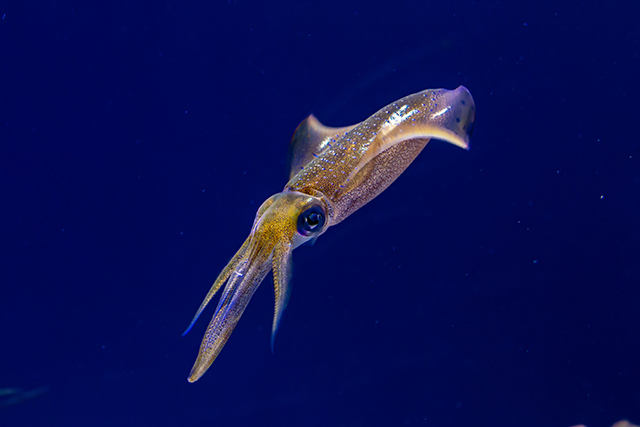Plane privacy: Researchers invent new toilet to make flushing in airplanes whisper-quiet
09/02/2019 / By Edsel Cook

Nervous frequent flyers and jumpy kids may soon get some peace of mind while using the toilet on an airplane. It took a lot of tries, but researchers finally developed relatively simple ways to reduce the noise made by a flushing toilet.
A team of physicists from Brigham Young University (BYU) spent two years adjusting different parts of an airplane toilet to make it less noisy during the flushing process. They documented their efforts in three separate papers before releasing the final result of their labor in 2018.
Their vacuum-assisted toilet made only half the noise as the typical unit aboard airliners. BYU lead researcher Kent Gee explained that they relied on physics to make airplane toilets less scary for young and old passengers who might need to use the facility often. (Related: The West Coast is a literal toilet: 80% of coastal areas infected with toxic feces (biosludge), warns Dr. Drew.)
Airline passengers want quieter airplane toilets
Gravity toilets expend a lot of water during the flushing process. To save on water and minimize weight, airplane toilets rely on a partial vacuum to flush body waste into the storage tank.
At an altitude of 38,000 feet (11,582 m), an airliner needs to suck in air at high speeds to create such a vacuum. The BYU researchers showed that a mixture of air and water in vacuum-assisted toilets moved at speeds that exceeded 300 miles (482 km) per hour.
Disrupting the flow of the fast-moving air-water mixture leads to quite the racket. Whenever the mix runs into a bent pipe or valve, it makes noise as it changes direction.
The airline industry found no way to reduce the noise of vacuum-assisted toilets while maintaining its efficient use of water. They stuck with the same design principle for 25 years.
The latest models of airliners reduced the overall noise within their interiors. Unfortunately, these aircraft still use the same vacuum-assisted toilets. So everyone in the passenger cabin will hear the loud flushing sound of an occupied commode.
Further, large airliners may have up to 20 individual toilets aboard. The loud noises made by flushing toilets will not help stressed passengers during a red-eye flight.
“Airline companies have always had standards for the toilet noise, but they’ve never met those and there has never been much pressure to do so,” Sommerfeldt said. “Now with the reduced cabin sound levels, the sound of the toilet flushing is more noticeable and customers are pushing back.”
Making quieter vacuum-assisted toilets
The BYU team found that most of the noise attributed to flushing came from the flush valve. The device made the most noise during three conditions: its initial opening; when it fully opened; and when it shut itself.
To reduce the flushing noise, the researchers extended the length of piping between the toilet bowl and the valve. They also replaced the 90-degree steel pipe elbow with one that bent less sharply.
They reported that their modified vacuum-assisted toilet displayed noise reduction of up to 16 decibels during the opening of the flush valve. Further, the fully opened valve made around five to 10 decibels less noise than its counterpart in a conventional commode.
Not only is the BYU-developed toilet much quieter, but some of its noise-reducing features are compatible with existing commodes. Cost-conscious airlines may choose to replace the elbow pipe during a retrofit to reduce noise.
The vacuum-assisted toilet may also see use on cruise ships, trains, and green buildings that want to conserve water as well as decrease noise.
“At the end of the day, this is about using science to improve a user experience,” explained Gee. “It’s an important part of making flights more comfortable for customers.”
Sources include:
Tagged Under: air travel, airline industry, airliners, airplane toilets, Airplanes, goodtech, innovation, inventions, noise reduction, physics, toilets, transportation, transportation noise, vacuum, weird science
RECENT NEWS & ARTICLES
COPYRIGHT © 2017 FUTURE SCIENCE NEWS



















